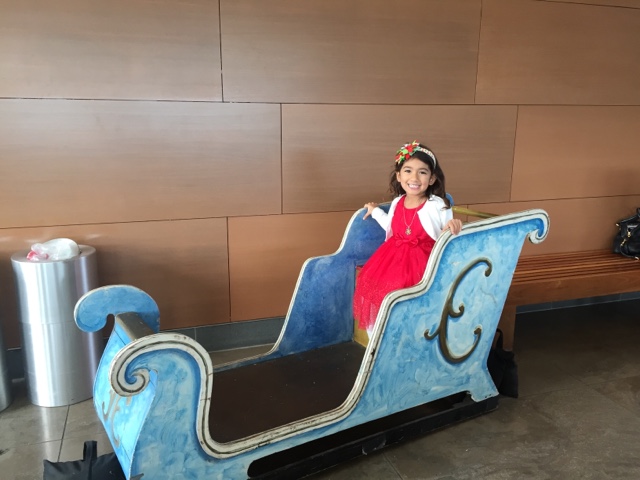We recently finished the last lesson in The Ordinary Parent's Guide To Teaching Reading, a book I highly recommend.
My daughter is 4 years 7 months, and can read and comprehend a Magic Treehouse book. She doesn't yet have the endurance to read a whole chapter book on her own. But I don't worry about this. {There are so many other things that keep me from falling back asleep at 2 a.m.}
We've been doing short reading lessons since she could speak {because I'm that kind of parent}. She likes reading lessons. She probably thinks all preschoolers do them.
We started with Teach Your Child to Read in 100 Easy Lessons, which we did not do as written. {I recently talked to a mom who had tried TYC and said her preschooler hated it. If you do it as written with a preschooler, your preschooler will most likely hate it. Preschoolers cannot sit still for that long.}
We did three or four tasks (sub-lessons) per day, even on weekends, skipping a day here and there because...life. And I rewarded each task with an M&M.
There is no harm in giving your child 3 M&Ms. {Floss. Brush. Show your child slightly scary YouTube cartoons of germs digging cavities in teeth.}
I considered the lesson a success if we got through one task, let alone three. My goal was consistency.
When we finished TYC, I bought The Ordinary Parent's Guide. We started in the middle of the book, and did a lesson a day.
Again, I did not do it as written. And, again, I used candy.
Because there are lots of people who give my child candy. And lots of special occasions. {October through April is candy candy candy.}
So we put all the candy in a huge Ziploc bag, and the only way she gets to eat a piece is if it's during a reading lesson.
Tonight she chose half a chocolate See's Santa.
How I went off-script: TOPG has parents do two review and one new with their children. Again, preschoolers cannot sit still for this long. I found it more effective to daily take turns reading a free-choice book. That was enough review. As Daughter became a better reader, she was able to read more of the books she wanted to read.
So, we're done with TOPG. Now what?
I know this is going to sound nuts {and free} but I was thinking about what good readers know about reading. Good readers are good decoders. They understand the rules of syllabication. I don't mean that they can list a bunch of rules. Good readers have repeated exposure to the same syllables, so they can tell you how they work.
For example, you know that -tion at the end of a word says "shun." You know what -ish says.
Good readers also know what suffixes, prefixes, and roots mean, so they can figure out what words probably mean.
{The third thing is grammar, which I would argue is implicitly learned by preschoolers from Mom reading aloud chapter books.}
So the crazy {free} thing I've been doing is...
I've been re-typing a book from the 1800s, lesson by lesson. It's A Pronouncing Spelling Book by Epes Sargent. We started in the early 100s. There are some words that I leave out because they're inappropriate for a four year old to use in conversation, and some that I leave out because they're so archaic that I can't find a definition for them...
...but I've been leaving in words like "caitiff" (a contemptible or cowardly person) because 1)they remind me of the nonsense words we would use to test students on their decoding skills when I worked at Sylvan Learning Center, and 2)because they are fabulous words that I get to look up ahead of time and, when Daughter asks, I get to share with her. {Because I would rather hang out with an OED than attend a party.}
Each lesson has about 25 words, and each word is broken into syllables. At Daughter's request, I typed each word under each broken-up word...
Example:
cai-tiff
caitiff
...because this is how TOPG is formatted.
How are you doing advanced phonics lessons?






















































